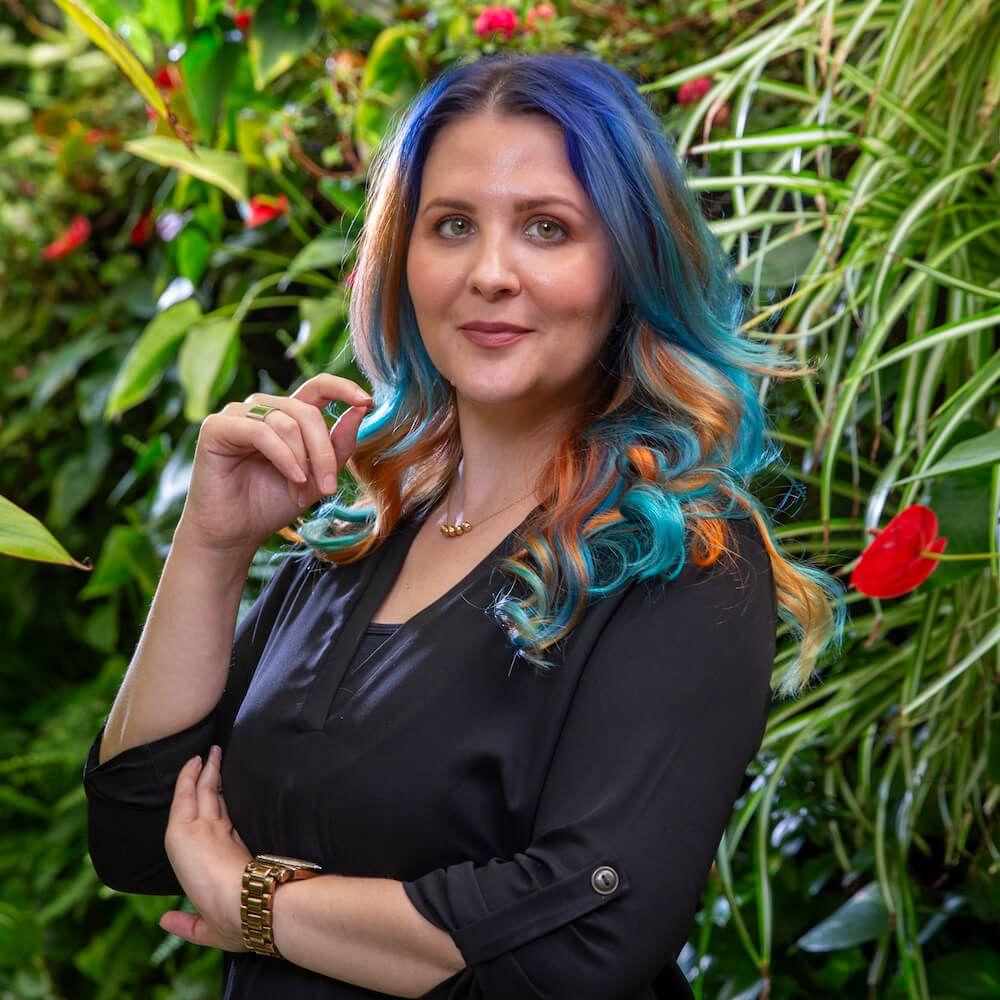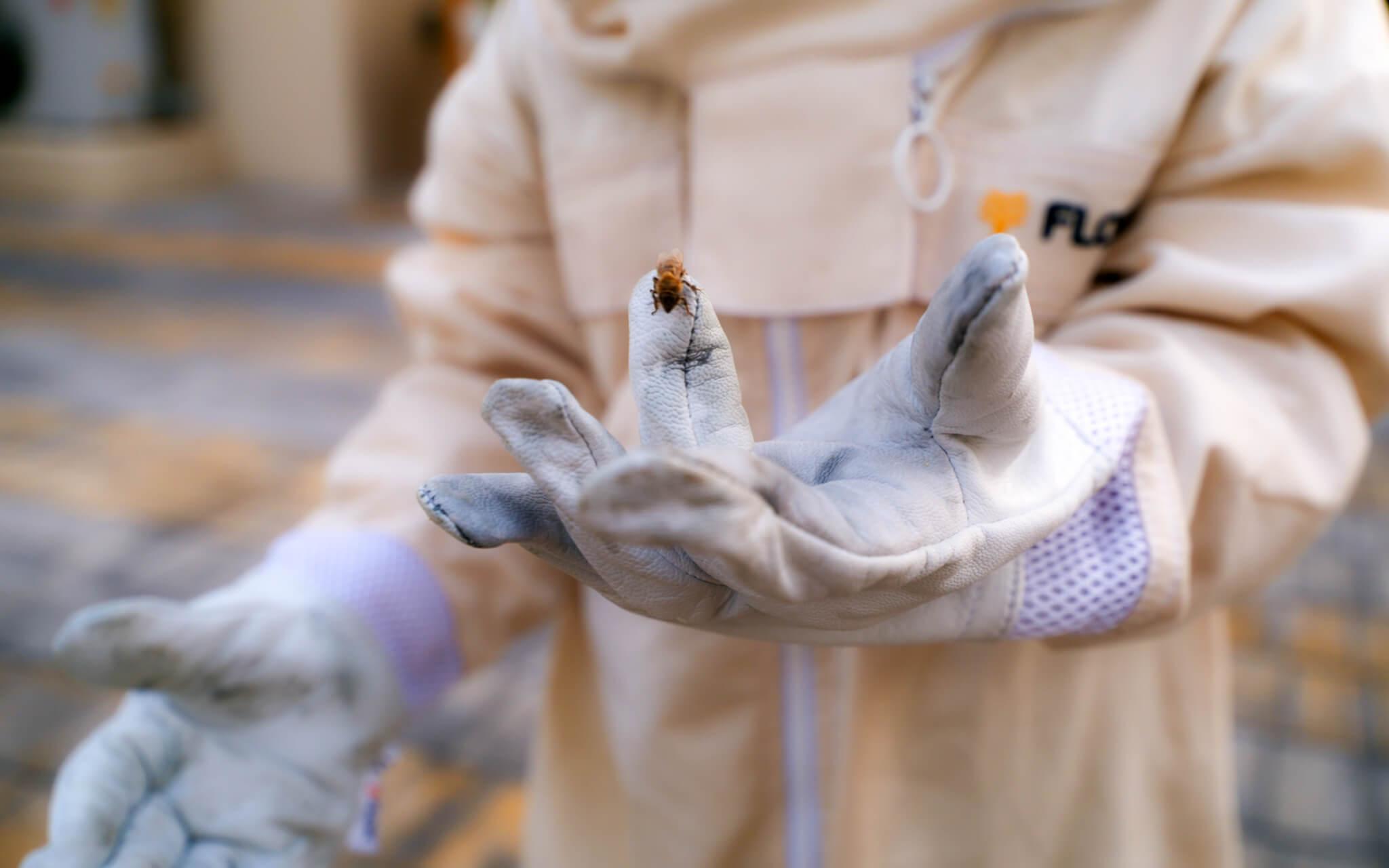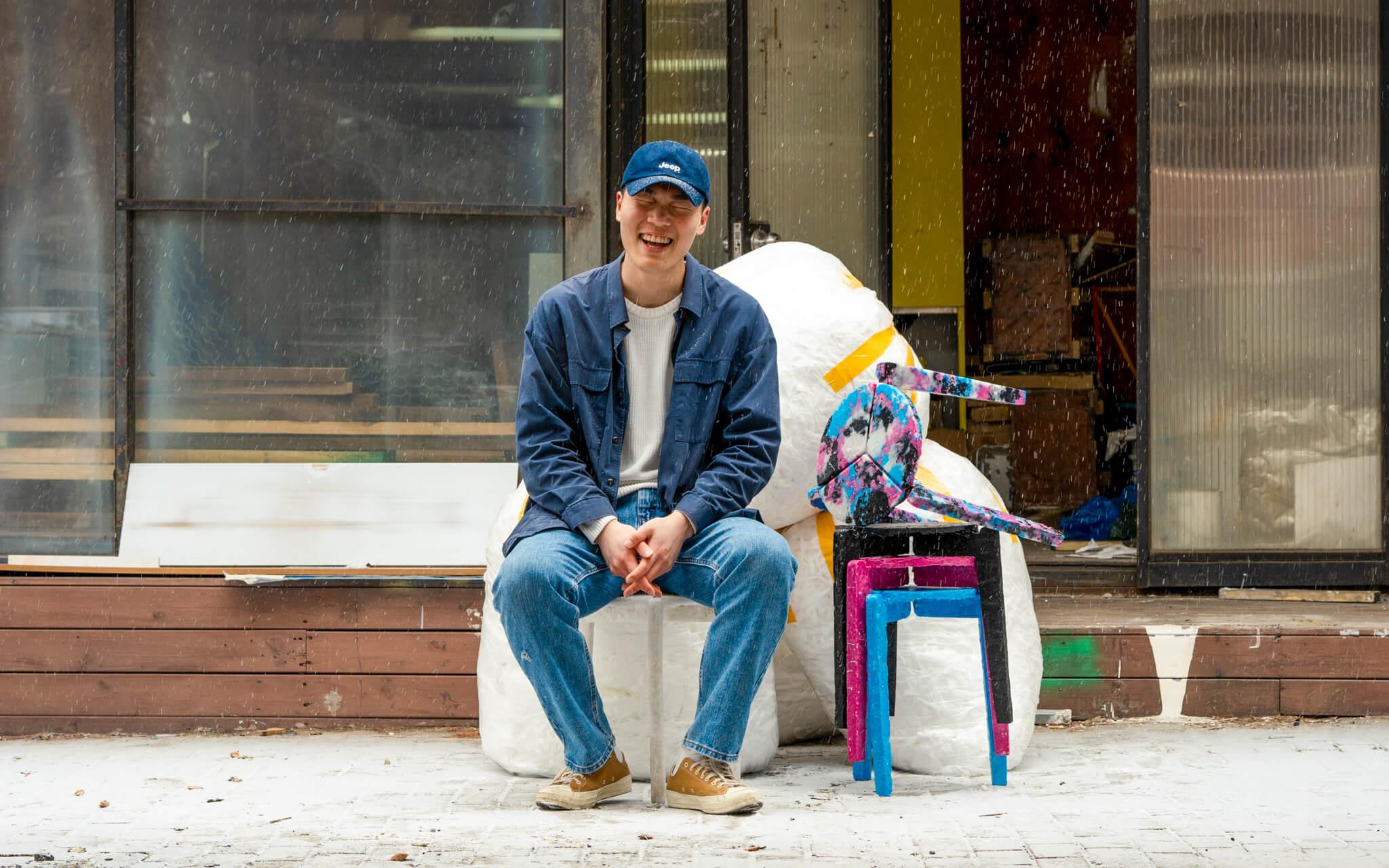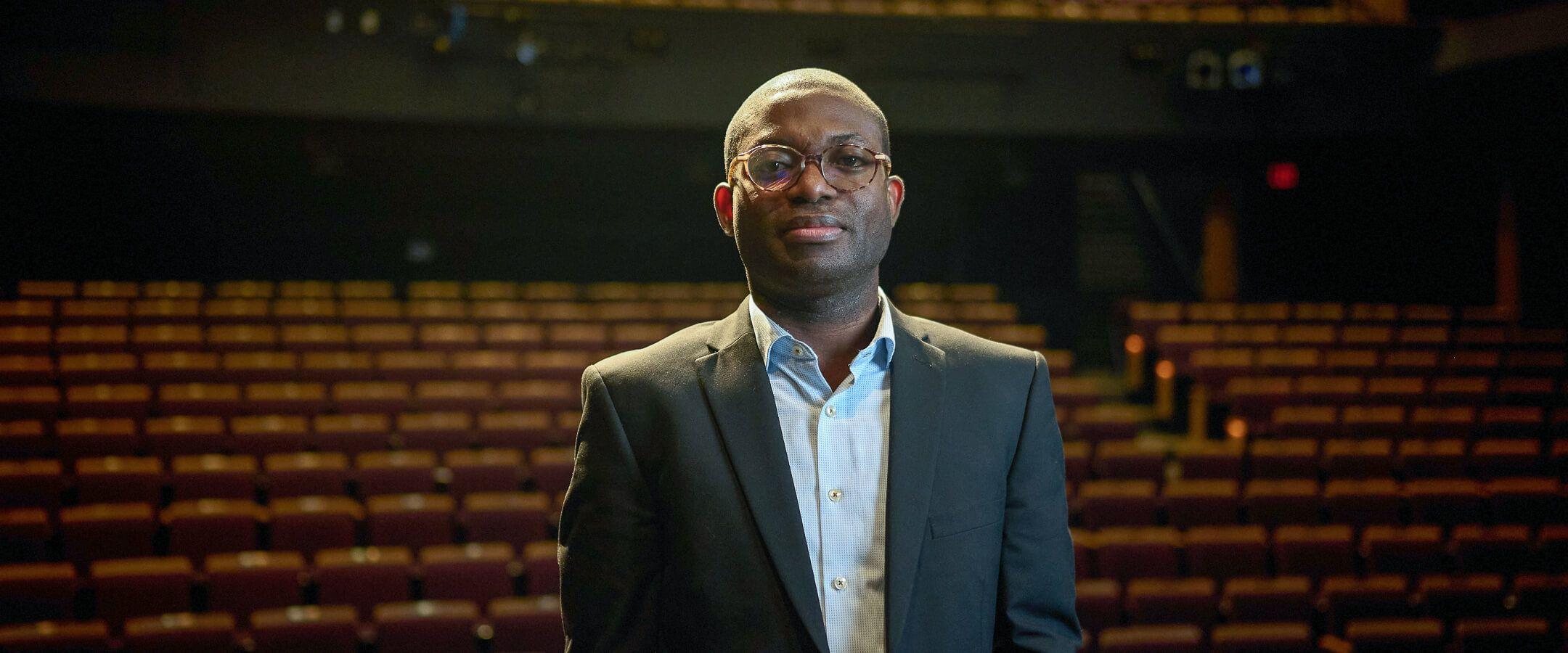Space for the Unexpected
Co-founders Pierre Oskam and Max Latour rely on ecological design philosophies and solar punk aesthetics to bring their vision of the future to life. Using sustainable materials and 3-D printing, Urban Reef constructs regenerative micro-ecosystems, embedding the natural world in modern cities.
The futuristic image at the top of this article seems like something out of a science-fiction novel.
A dream, a fantasy, the creative imaginings of an optimistic artist giving rise to a verdant city, a distinct contrast to the harsh, concrete urban environments of most cities.
But what if it didn’t have to be a scene out of Star Trek, and instead, could be our lived reality? This was the question co-founders Pierre Oskam and Max Latour of Urban Reef set out to answer.
“We had a lot of meetings about Utopian ideas,” Pierre says, sunlight streaming through his Rotterdam apartment windows. In a reflection of his work with Urban Reef, vining plants climb the walls. “What if you could design the city in a way where you create passive habitats that invite the life that's already there? You create an environment that is regenerative on its own.”
So, what exactly is Urban Reef? Simply put, Urban Reef uses 3-D printers and sustainable materials to create microhabitats for cities. These coral-like edifices may look sculptural, but they serve a function–rainwater collectors, bird’s nests, mushroom farms, and mossy greenhouses.
In other words, Pierre and Max’s idea brings solar punk’s optimistic visions for the future into the present. “As with science fiction in popular culture, we need to build a narrative that shows different pathways to the future, thinking about what steps we can take today and tomorrow.”
Pierre’s ideas about architectural futurism stem from his PhD in Ecological Philosophies and Design, which he studied in Portugal and where he discovered a love for ‘urbex’ or urban exploration. Each day, Pierre would wander around his host city, discovering abandoned buildings with entire forests growing inside these forgotten areas; “We don't need to create a forest if we just give space and create a diversity for life to thrive,” he explains.
Pierre’s research seemed purely abstract, ultimately distant from practical applications. “How can you sort of have those ecological approaches as a mindset,” he wondered, trying to bring these esoteric ideas into a more concrete execution. “Can we not integrate some of the qualities that I find in those abandoned places that are free from control? Can we not make smaller samples of that and, as a sort of acupuncture, place them in the city?”
Because if you plant things, then it's this philosophy of controlling nature, But we don't want that–We want to create a situation instead of manicured spaces.
This challenge led to Urban Reef’s self-sustaining, regenerative urban habitats, which are conceived by independent computational design. These diverse micro-environments play host to insects, snails, algae, and birds, who bring with them biomatter, distributing seeds, feathers, and insects from around the city.
At the moment, Urban Reef’s micro-habitats exist in several areas around Rotterdam, on rooftops, at the zoo, or in public and private gardens. Each location is carefully monitored and documented to measure its microclimate, making adjustments to materials where needed.
With multiple prototypes currently in production, Urban Reef is trying to allow for more integrated systems, promoting a unique perspective on resource management throughout cities. “We use the existing flows and energy that are in the city because that's part of a regenerative system; the flow of the rain brings nutrients and minerals,” he says, pointing to a picture of a downspout prototype. “So instead of the downspouts going into sewage, you create a cooler and more humid microclimate that becomes a safe space during extreme weather.”
While plastics and carbon fibres are the usual suspects for 3-D printing materials, Urban Reef prefers to use alternative mediums. “We work with cow dung, mycelium, coffee grounds, eggshells, oyster shells; you can print with anything basically.” However, their most used material is ceramics, which are long-lasting and porous, providing durable habitats that can withstand changing weather patterns and create an inviting space for Earth’s smaller organisms.
Deeply philosophical, Pierre hesitates when I categorise Urban Reef as biomimicry. “Biomimicry is also difficult because there are different levels of biomimicry, right? You can make a building in the shape of a leaf and call it biomimicry,” he says, “but we’re more about understanding how to give space to this process – it's more like bio-facilitating.”
But surely, when human architects base their designs on natural forms, this counts as biomimicry?
Pierre shakes his head, “Algorithms.”
Rather than rely on human control systems, Urban Reef has allowed logic to take the lead in Urban Reef aesthetics. “We use scripted algorithms inspired by coral growth or crystal development of salts. Those processes create shapes that are more complex than what we can think of. In the computer, we gave away this agency, of the idea of a ‘top-down designer that knows everything.’”
“We have to give more space for natural processes because that's the problem now – we don't.”
The wild ability of Earth to reclaim a landscape is legendary, too often existing in the public consciousness as a consequence of a post-apocalyptic event or a lack of human control. But Urban Reef intends to flip the switch on how we interact with mother nature’s resilience–a lack of control is the goal.
For Pierre, the future is not about controlling nature but, rather, integrating the wild into our daily lives. One look at Urban Reef’s projects and it is clear that he is well on his way to achieving just that.
Most Popular
The Climate Tribe delivers stories about Biodiversity and Conservation, Circular Economy, Food and Water , and how they intersect with climate.
Subscribe
Get the latest stories inspiring climate action around the globe straight to your inbox.






